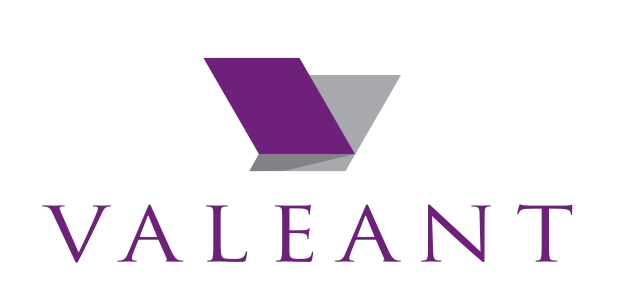Valeant Pharmaceuticals (VRX: $12/share) was one of the 700 10-K’s we processed last week. Analyst Cody Fincher made a total of 44 adjustments to Valeant’s financial statements with a total value of $50 billion. The adjustments were applied as follows:
We first raised red flags about Valeant in 2014 when the stock was trading at ~$120/share. Today, with the stock at 1/10th of that price, we still see many reasons for investors to steer clear. Here are our four largest takeaways from Valeant’s 10-K.

Unusual Goodwill Impairment
One of the largest single adjustments we made was reversing a $1.1 billion write-down Valeant took for the underperformance of some of its acquisitions. We eliminated this non-operating expense from net operating profit after tax (NOPAT) while adding back the after-tax value to invested capital to hold the company accountable for its capital allocation decisions.
This goodwill impairment was plainly disclosed on the income statement, but we did find an interesting detail on page 55 in the footnotes. Valeant assessed the value of its goodwill over the course of Q3 and Q4. During Q4, the company decided they had taken too large an impairment in the previous quarter and essentially took a “write-up” of $39 million for the fourth quarter. This practice is allowed under accounting standards, but it is certainly unorthodox and helped Valeant report better than expected earnings in 4Q16.
Pricing Issues Take Their Toll
It’s no secret that pricing pressure hurt Valeant’s bottom line in 2016. Thanks to a footnote on page 48 of their 10-K, we now know just how big that impact was: $652 million. Lower prices had a bigger impact than volume issues, which lowered contribution profit by $531.













Leave A Comment